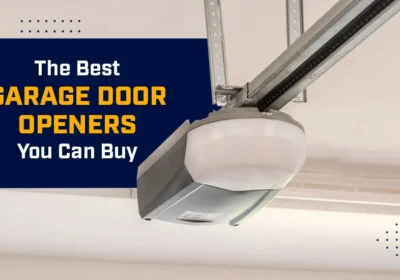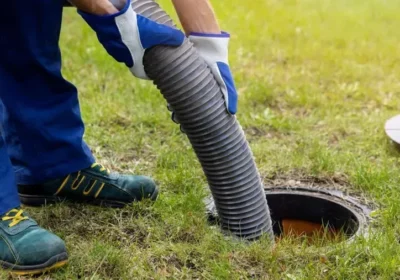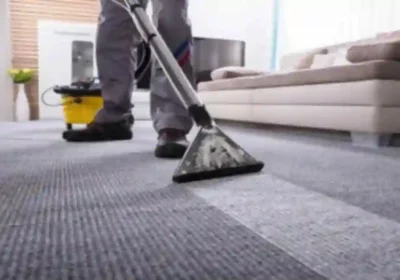What’s Vacuum Glazing?
Vacuum glazing is an excellent way to improve the insulation of your home and keep your air conditioners running at their best. It also reduces noise, improves thermal efficiency, and can even help restore your original windows. It can be found in both new construction and remodeling.
Low U-Value
Vacuum insulated glazing has proven its worth in terms of energy efficiency. It maintains comfortable daylight in the interior of buildings while preventing heat loss through the windows. It also helps to reduce costs on building materials. Its high performance makes it ideal for renovation of older buildings.
To produce a good vacuum layer, the glass sheets are separated by air or gas, which acts as a barrier. Adding an air gap in the vacuum insulating layer can help to increase its durability. It is also important to keep the space between the pillars and the glass sheets as wide as possible to avoid the effects of evanescent-wave coupling. The thermal insulation of the vacuum insulating layer is affected by the thickness and density of the pillars. Generally, the gap thickness ranges from 0.12 to 1 mm. When the pillars are thinner, the U-value is slightly affected.
Noise reduction
What’s vacuum glazing? Vacuum glazing is a new technology that provides enhanced thermal and acoustic insulation. It is similar to double glazed windows, but offers a more streamlined design, less thickness and is safer. Vacuum glazing is ideal for listed and conservation areas. It also reduces energy loss through the building facade. It can help improve the acoustic performance of existing single paned windows.
Triple vacuum insulated glazing is an effective way to provide good thermal and acoustic insulation. This type of glass contains three sheets of 4mm thick glass separated by 0.13 mm high and 0.3 mm diameter stainless steel support pillars. One of the most significant advantages of this type of window is the thermal insulation it provides. In addition, it can be filled with argon for additional energy savings.
Improved thermal efficiency
Vacuum insulated glazing improves thermal efficiency by reducing the transfer of heat through windows. The use of insulating materials improves sound insulation as well. It can be retrofitted into existing frames. It can be used in zero energy buildings, manufacturing applications, and for medical applications. It is more effective than modern triple and double glazing.
It can be fabricated from an indium alloy with a low thermal transmittance. It is a breakthrough in vacuum glazing technology. It is a type of double glazing where two fully tempered glass substrates are separated by a limited amount of vacuum medium. The edge seal is hermetic and provides long term stability. It is not only the heat transfer rate that is reduced but also the thermal resistance. In addition, a third glass sheet decreases the risk of condensation at the edge seal area. This increases the durability of the vacuum layer.
Restoration of original windows
Vacuum insulating glass guide has become an increasingly popular way to restore original windows. However, it can be a daunting task. There are a few things you should know about it before you try it yourself. The first thing to remember is that it is not an instant solution. It can take weeks before you have the finished product. It is best to leave it to the professionals. You can get a comprehensive quote from them.
The first step is to get the old glass out of the window. You may need to sand the frame to remove the paint and any other imperfections. You can also use penetrating oil to help loosen the frozen parts. The second step is to remove the old putty. This can be tricky because the putty is often brittle and can be difficult to cut. If the putty is particularly stubborn, you might need to use a chisel to break it free.
Warranty
Vacuum glazing has been around for almost two decades. This type of glass allows more light to enter a property than double-glazed units. It also provides excellent sound insulation. There are several types of vacuum glazing available, each with its own advantages and disadvantages. There are also different warranty periods. It’s important to understand the details of the warranty, because it’s not a guarantee that the product will perform perfectly.
Manufacturers typically warranty IG units for 10 to 25 years. The lifespan depends on the type of installation and the quality of the materials used. The installation area and the fabricator limitations are also a factor. If you have bought a window, check to see if it’s covered by a warranty. If you’re not sure, contact the manufacturer. A warranty does not cover the cost of replacement. However, the manufacturer may offer prorated compensation if the window fails.
Conclusion
Unlike double glazing, vacuum glazing uses nothing between the panes of glass. It is an insulating technology that helps to prevent heat loss and improve efficiency. The thermal performance of this type of window depends on several factors, including the number of pillars, the interval of the pillars, and the type of glass.
Visit for more information xyzmanhwa










